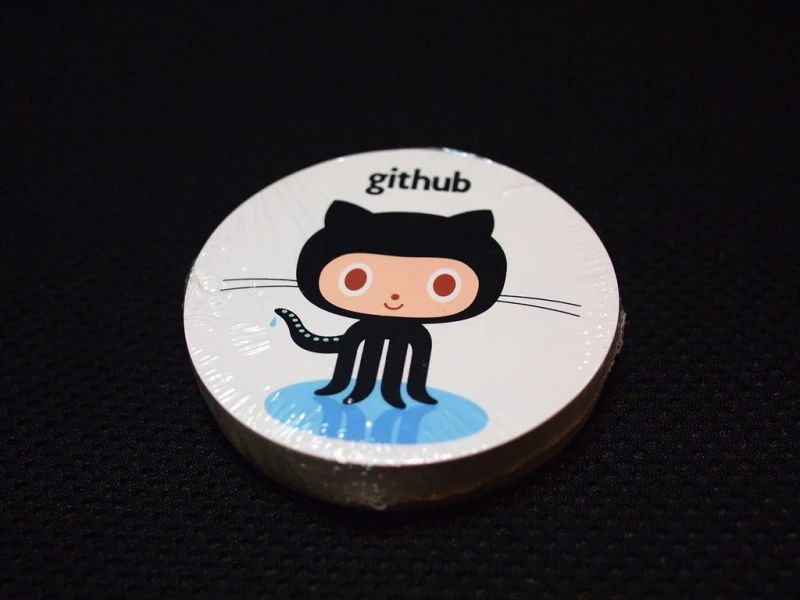
From Zero to Web Hero: Your Full-Stack Developer Roadmap
From Idea to Reality: Your Full-Stack Web Developer Journey
The web we interact with every day is a marvel of engineering. Those dynamic applications and interactive sites? They're the brainchild of skilled web developers. If you've ever dreamt of turning your vision into a web app, the path of a full-stack developer might be for you!
The Full-Stacker's Advantage
Full-stack developers are the Swiss Army Knives of the web development world. They possess expertise in both the front-end (what users see and interact with) and back-end (the server-side logic that makes things happen). This versatility allows them to:
- Work independently: They can handle all aspects of development, from crafting the user interface to writing the code that powers it.
- Bring ideas to life: Their well-rounded knowledge empowers them to understand a project's entirety, translating concepts into functional applications.
Building Your Web App: A Step-by-Step Trek
Let's dive into the exciting journey of building a web app, understanding the tools full-stack developers use at each stage.
- Conception and Planning:
- Brainstorming: Identify the app's purpose, target audience, and key features.
- Wireframing: Sketch out a basic layout to visualize user flow. This can be done with simple pen and paper or digital tools.
- Front-End Development:
- Building the User Interface (UI): Here's where the magic of bringing your wireframes to life happens. You'll use HTML to structure the content, CSS to style it, and JavaScript to add interactivity.
- Example: Let's say you're building a to-do list app. HTML would define sections for adding tasks, displaying them, and marking them complete. CSS would style these sections with colors, fonts, and layouts. JavaScript would enable adding new tasks, toggling their completion status, and saving them.
- Back-End Development:
- Server-Side Programming: This is where the app's logic comes into play. You'll use a server-side language like Python, Java, or Node.js to handle tasks like storing data in a database (like storing your to-do list items) and responding to user actions.
- Example: In our to-do list app, the back-end would handle storing the user's tasks in a database, retrieving them when needed, and updating them when marked complete.
- Deployment and Maintenance:
- Making it Accessible: Once your app is built, it needs a home on the web server. Full-stack developers understand deployment processes to make their creations accessible to users.
- Constant Improvement: The journey doesn't end with launch. Full-stack developers are responsible for fixing bugs, adding new features, and keeping the app running smoothly.
The Learning Path: Your Toolkit for Success
There's a vast array of technologies to master, but here's a general roadmap to get you started:
- Front-End: HTML, CSS, JavaScript (and a framework like React or Vue.js for complex applications).
- Back-End: Languages like Python, Java, or Node.js. Databases like MySQL or PostgreSQL.
- Version Control: Git for managing code changes.
The Final Word: It's an Adventure!
The journey of a full-stack developer is an exciting mix of learning, problem-solving, and creation. There will be challenges, but with dedication, the satisfaction of seeing your web app come to life is an unparalleled reward. So, are you ready to turn your ideas into reality? Buckle up, and get ready for an amazing adventure in the world of web development!


